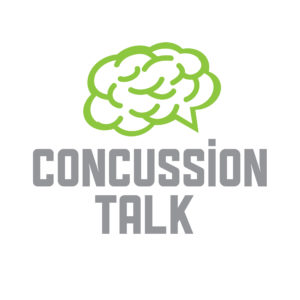Another new perspective from Tim Greve! Tim is an athletic trainer (certified athletic trainer, ATC) with a large hospital group in the Minneapolis and St. Paul metro area in Minnesota. He provides athletic training services to high school and youth sports. That consists of injury prevention techniques, recognition and evaluation of musculoskeletal injuries and emergency medical response. His role as a concussion coordinator with the hospital group is to provide best practice principles and current evidence based research to the group’s treatment of concussions. Whether at an emergency room, a family doctor appointment, by an athletic trainer at a sporting event, etc., when a person is diagnosed with a concussion Tim helps connect those patients with the appropriate health care provider based on their expertise and the symptoms the patient is experiencing. In Tim’s words, “Too many patients dealing with a concussion can get “lost†in the big hospital system and my job is to prevent that.”
by Tim Greve
As an athletic trainer, I have seen and cared for many sports concussions. With the popularity of the NFL and the growing research, concussions have come to the forefront of the news. Our limited knowledge of how to specifically provide the appropriate care, and our ability to develop best practices, although improving through more research, are focused primarily on sports related concussions.
What about concussions from motor vehicle accidents, falls or recreational activities? Are these concussions different than the concussions that your favorite NFL player gets? I often see patients going back to work 24 hours after their incident while still experiencing concussion symptoms. This can create a situation of prolonged symptoms. With what we have learned with the management of athletes and concussions, should we not have a return to work protocol more advanced for these employees? If managed properly, perhaps the incidents of post-concussion syndrome may decrease.
Best practice standards in Minnesota are for athletes to participate in a return-to-play protocol before returning to competition. This return-to-play protocol consists of 6 stages that an athlete must pass. In order to pass the stage, he or she must be symptom free for 24 hours following each stage to move on to the next.
Stage one: No exertion
Stage two: Light aerobic exercise
Stage three: Moderate aerobic exercise
Stage four: Non-contact practice
Stage five: Full contact practice
Stage six: Return to competition
Perhaps a “return-to-work†protocol doesn’t need to have this many stages, as they are often not in risk for high impact. However, awareness needs to increase, and an emphasis must be placed on this population as they too are experiencing these same difficulties as the sports concussions.
